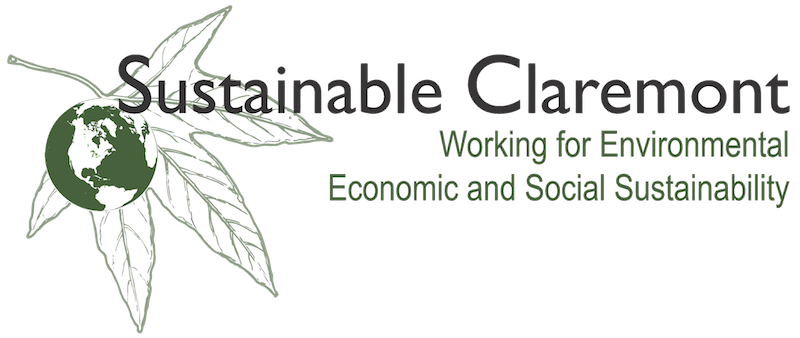It is estimated that American consumers, businesses, and farms spend $218 billion a year growing, processing, transporting, and disposing more than 50 million tons of food that is never eaten. While this figure includes an average present value of the trillions of gallons of water lost it cannot account for the effect of the 133 million tons of greenhouse gases released from buried food waste. Meanwhile, one in seven Americans is food insecure.
Almost 85% of food waste occurs at consumer-facing businesses like restaurants and supermarkets and at homes. The Environmental Protection Agency (EPA.gov, might be best to visit the site as soon as possible) launched a program in 2015 to reduce food loss and waste by 50% by 2030. In 2012, California set the ambitious goal of not less than 75% of the solid waste generated be source-reduced, recycled or composted by 2020. Since then California has passed increasingly stringent bills calling for reductions in food waste going from retailers to landfills (see calrecycle.ca.gov for a summary). California is also a leader in dealing with home-generated food waste with 1.3 million households in 63 communities throughout the state participating in source-separated-organics pickup. This is where food waste is separated from organic yard waste and composted.
So what can you do? Assuming Claremonters are like most Americans, you waste 25% to 40% of the food you buy and deal with it by putting it down the garbage disposal or throwing it in the trash. Given the drought in California and the potential for greenhouse gas generation, neither of these are good options. Like many problems the solution is conceptually simple but practically difficult — Buy what you need; eat what you buy. Tips on how to do this are on the web (epa, calrecycle, stopwaste.org, fda.gov, savethefood.com…). The consistent top tips are 1. plan before going to the store (check the fridge and cupboard, don’t buy mass quantities you won’t eat, don’t shop hungry); 2. first in first out of the fridge (older stuff moved to the front); 3. wilted veggies at home are fine/ugly vegetables and fruit can be cheaper; 4. check expiration dates on what you buy in the store, and “best by” dates at home. Foods are often quite good and edible after the “best by” date (see product dating at fsis.usda.gov/); 5. use your freezer (e.g. prepare 2 meals and freeze one)… To minimize greenhouse gases and water use, cut back on red meat and dairy; buy locally produced food as much as possible (shop the local Farmer’s Market).
Preventing food waste is the best solution, but what should you do with the food that escaped your best efforts and went bad or the inevitable food scraps? Consider composting, the aerobic transformation of organic matter into soil-like humus or compost. Composting avoids the water use and greenhouse gases of discarding food waste and enhances soil quality and water retention. Composting workshops are offered by the Growing Club (look for the farmer-training- program at http://sarvodayafarms.com/) or the Chino Basin Water Conservation District. Also search Sustainable Claremont (sustainableclaremont.com/) for “compost” to get descriptions of composting. Finally, what are you to do with left-over food prepared for a gathering? Contact your local foodbank, religious organization, or homeless shelter (e.g., Inland Valley Hope Partners, Granite Creek Community Church, Claremont Homeless Advocacy Program [CHAP]).
Demystifying Sustainability is an initiative of Sustainable Claremont (sustainableclaremont.org).
